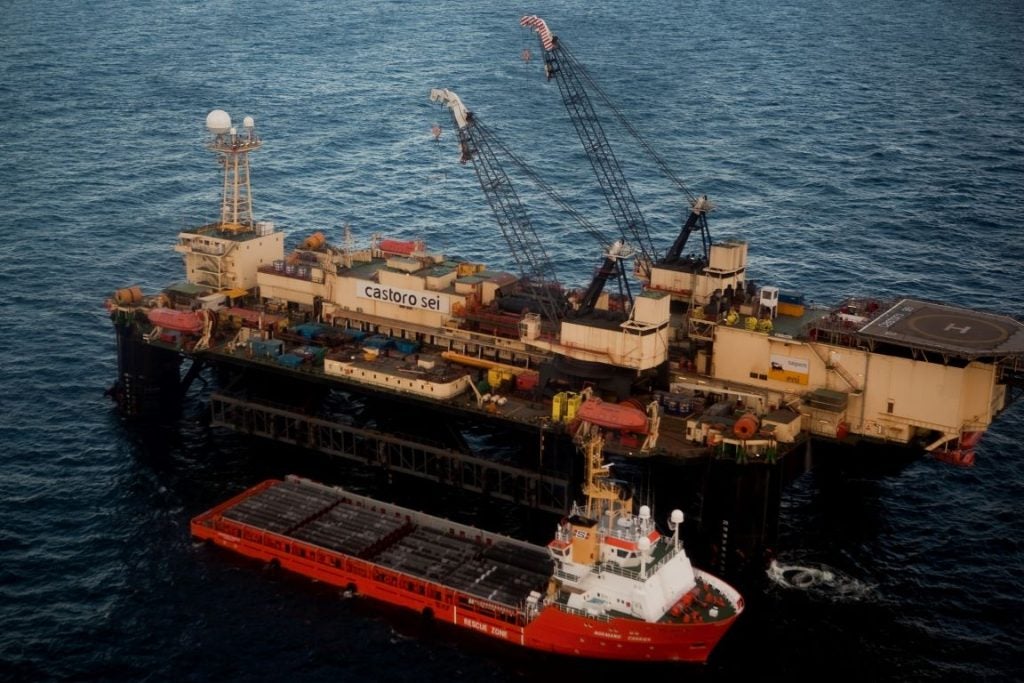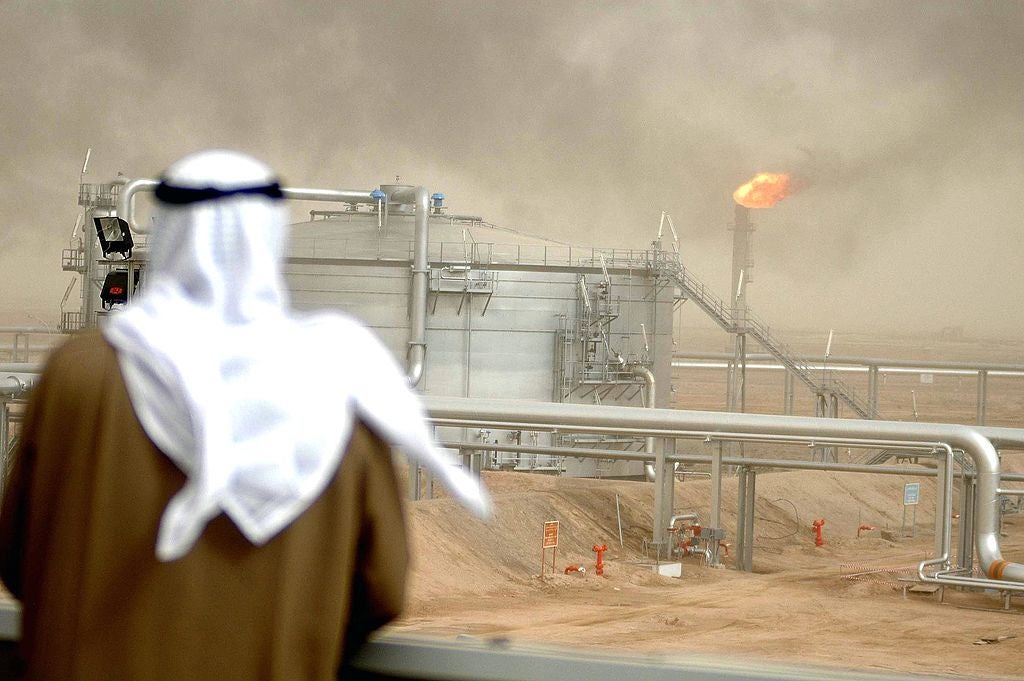There’s no doubt that people working in the offshore industry feel passionately about their particular area of expertise. Recently I shared my passion for heavy lifts with you. Now I am encouraging others to do the same in this ongoing series.
Here, Andrew Beveridge of Fugro-Rovtech Limited tells us all why he so enjoys working with remotely operated vehicles (ROVs) and is actively encouraging more to take up the challenge.
“When I am asked what I do for a living – my reply that I run a company which operates remotely controlled submarines always arouses interest. Let’s admit it, it is rather more interesting than working as an electronic whizz-kid, computer expert, car mechanic, electrical contractor or most civilian street activities or even as an armed services specialist,” Beveridge says.
The ROV in Beveridge’s role is small submarine which is tethered to the surface by an umbilical, through which electrical power is passed down to the vehicle from the surface. Telemetry control and video plus other sensor data also passes to and fro.
“It is not to be confused with an AUV (an autonomous underwater vehicle) which has no umbilical and which so far (and for the foreseeable future in my view) has little commercial application as opposed to a military or research role,” Beveridge says.
See Also:
ROV – THE UNDERWATER ROBOT
How well do you really know your competitors?
Access the most comprehensive Company Profiles on the market, powered by GlobalData. Save hours of research. Gain competitive edge.

Thank you!
Your download email will arrive shortly
Not ready to buy yet? Download a free sample
We are confident about the unique quality of our Company Profiles. However, we want you to make the most beneficial decision for your business, so we offer a free sample that you can download by submitting the below form
By GlobalDataROVs can be described as underwater robots. They can weigh up to 5t in air and measure up to 2m x 3m x 2m high. Together with their array of monitoring and control equipment, launch and recovery systems, umbilical controls and winches they are a complex array of electrical, electronic, hydraulic and mechanical systems.
Their robust structural design and integrated buoyancy units aim to be neutrally buoyant in water, and their performance underwater depends on hydrodynamic behaviour and naval architectural principles.
“ROV activity worldwide is growing fast as more and more of the world’s mineral resources are extracted from the sea – so we are not just talking about oil (although currently 95% of ROV activity is associated with oil and gas extraction, the other 5% being undersea cable maintenance and diamond mining),” Beveridge says.
“Currently there are about 500 workclass (with manipulators) ROVs (WROVs) in commercial use and probably about 1,000 observation class vehicles (OBSROVs) employing between 5,000 and 8,000 people around the world in their operation and perhaps a further 500 people in their manufacture.
The North Sea represents about 35% of the use of ROVs worldwide but this percentage is declining and ROVs are working in Australia, Brazil, the Caspian, China, the Far East, the Gulf of Mexico, India, the Mediterranean, the Persian Gulf, Russia, South America and, of course, West Africa.
And according to Beveridge, depth wise, ROVs are working to 3,000m (10,000ft) regularly where the water pressure is no less than 300bar, 2t/in², 4,500psi, or 31N/mm².
Beveridge says ROVs can perform just about all underwater tasks that divers do but they do it deeper, safer and in most cases cheaper.
“Practically, divers are still used for dextrous (non observation) underwater activities in shallow water, where they can compete on price and effectiveness. But they cannot be used below about 200m (in UK and Norway this is the legal limit) and an increasing percentage of oil and gas exploration activity around the world is happening in deep water of deeper than 200m. Construction of production facilities and their maintenance obviously follows,” he says.
OFFSHORE ROVS
I asked Beveridge to explain a little further just where ROVs are used in offshore activities. Here is what he had to say:
ROV EXPLORATION MODE
In exploration mode, ROVs do all the subsea work required to support a drilling programme off floating drilling rigs – much of this is observation work but the vehicles may be required to change out equipment that the drillers have to put on the seabed (like BOP stacks), or recover debris, so WROVs are used as well.
On jackups (drilling rigs which sit on the seabed), there is little requirement for any underwater intervention so ROVs are not generally used except in strong current areas like the southern North Sea where the legs and spud cans of the jackups are subject to scour, so they have to be regularly inspected.
ROVS’ ROLE IN THE DEVELOPMENT MODE
If oil or gas is discovered, the drilling rig will often go into development mode where more wells are drilled and often tied into a production manifold to be used at some future date for subsea production either via an export pipeline or connected locally to another platform.
Here, the ROV is used with torque and other tools to pull in flowlines or control umbilicals and operate valves. This is needed both on floating and non floating assets – and saves huge sums of money for the field developer compared with the alternative of DSVs or laybarges doing the same work later.
ROVS PRIOR TO, AND AFTER, INSTALLATION
When the production facilities are installed, be they platforms, subsea manifolds, pipelines or FPSOs, again there is a substantial requirement for ROVs to assist.
The whole seabed area needs to be surveyed prior to, and after, installation, pipeline touchdown needs monitoring, lift wires / ropes need attaching or detaching, valves need turning, pipelines need burial or another form of protection. It is a demanding workplace where dual large WROVs have really come into their own in recent years.
THE PRODUCTION PHASE
Finally we get to the production phase – here again there is both inspection and maintenance to do, increasingly the preserve of ROVs of all shapes and sizes. For inspection of pipelines WROVs fitted with diverse sensors, like pipetrackers and multibeam sonars, are used, whereas for platforms or subsea production facilities OBSROVs fitted with cameras, cathodic protection probes and other sensors, such as flooded member detection probes, provide a complete analysis to owners and the classification societies regarding of the requirement for preventative or other maintenance.
For maintenance, both types of ROV have their role – it is amazing what small ROVs with the use of proprietary tooling can do to assist with the change out of subsea modules and other types of repair and maintenance, but this is mostly the job of WROVs with their manipulative capability.
YET MORE USES FOR ROVS
I haven’t mentioned the other roles for ROVs, be it cable installation / maintenance, mining or wreck recovery, or controlling sledges and ploughs to trench subsea pipelines and umbilicals or steering fall pipes to fill in trenches or provide cover with stones. But hopefully anybody interested in joining this business can see that there is a multitude of skills required from electrical, mechanical, hydraulic to electronic; and jobs on offer on rigs, ships and platforms – close to home or the other side of the planet.
Anybody can be taught to fly an ROV – it is the maintenance that is difficult and requires existing qualifications or training – ROVs have become more reliable but electricity and water do not mix too well. The industry expects the ROV team to be able to deploy and fly the ROV to the worksite, pilot it through its tasks, then recover it and very importantly, maintain and adapt it for its next task. This requirement needs specialist knowledge, skills and experience.
An understanding of, and respect for, the power of the sea and nature of the marine environment, will be an advantage to learning the piloting skills which are necessary, and then perhaps promotion to a supervisory role can be envisaged. But it is amazing what landlubbers can turn their hand to with the proper instruction.
So if you would like to join an exciting industry that is growing by 10% per annum and think you have the right skills and application then I can certainly recommend this as a well-rewarded and enjoyable career.






